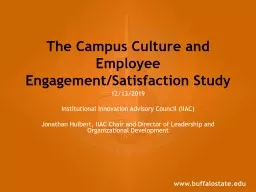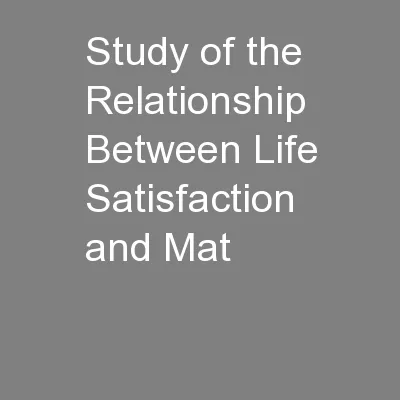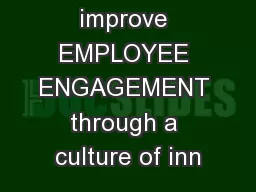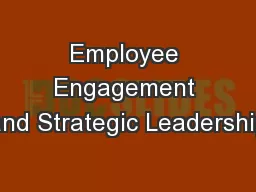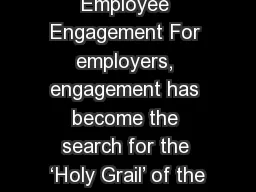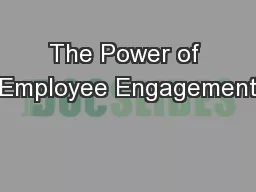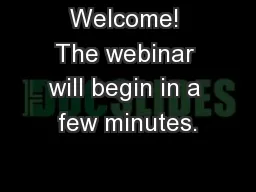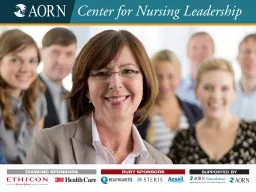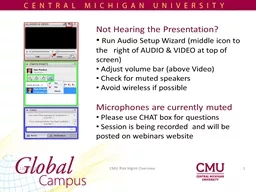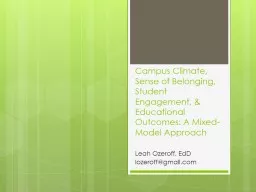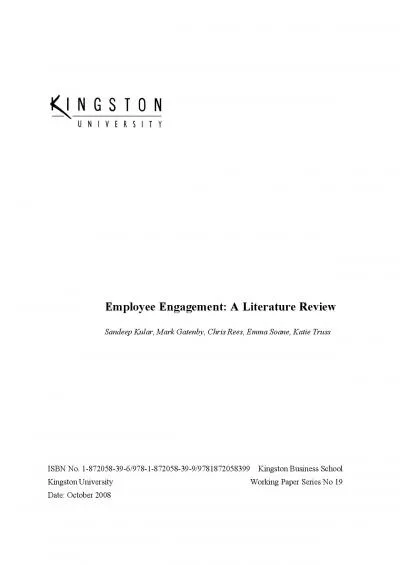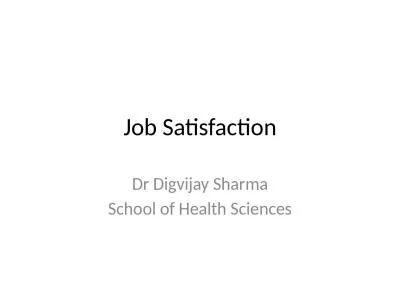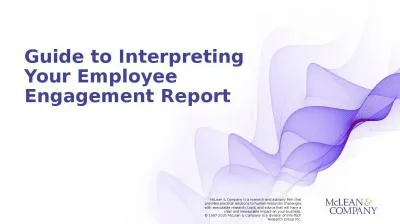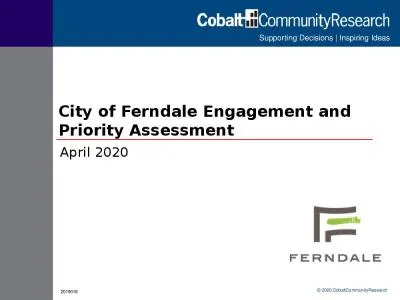PPT-The Campus Culture and Employee Engagement/Satisfaction Study
Author : blastoracle | Published Date : 2020-06-19
12132019 Institutional Innovation Advisory Council IIAC Jonathan Hulbert IIAC Chair and Director of Leadership and Organizational Development Council Charge The
Presentation Embed Code
Download Presentation
Download Presentation The PPT/PDF document "The Campus Culture and Employee Engageme..." is the property of its rightful owner. Permission is granted to download and print the materials on this website for personal, non-commercial use only, and to display it on your personal computer provided you do not modify the materials and that you retain all copyright notices contained in the materials. By downloading content from our website, you accept the terms of this agreement.
The Campus Culture and Employee Engagement/Satisfaction Study: Transcript
Download Rules Of Document
"The Campus Culture and Employee Engagement/Satisfaction Study"The content belongs to its owner. You may download and print it for personal use, without modification, and keep all copyright notices. By downloading, you agree to these terms.
Related Documents

